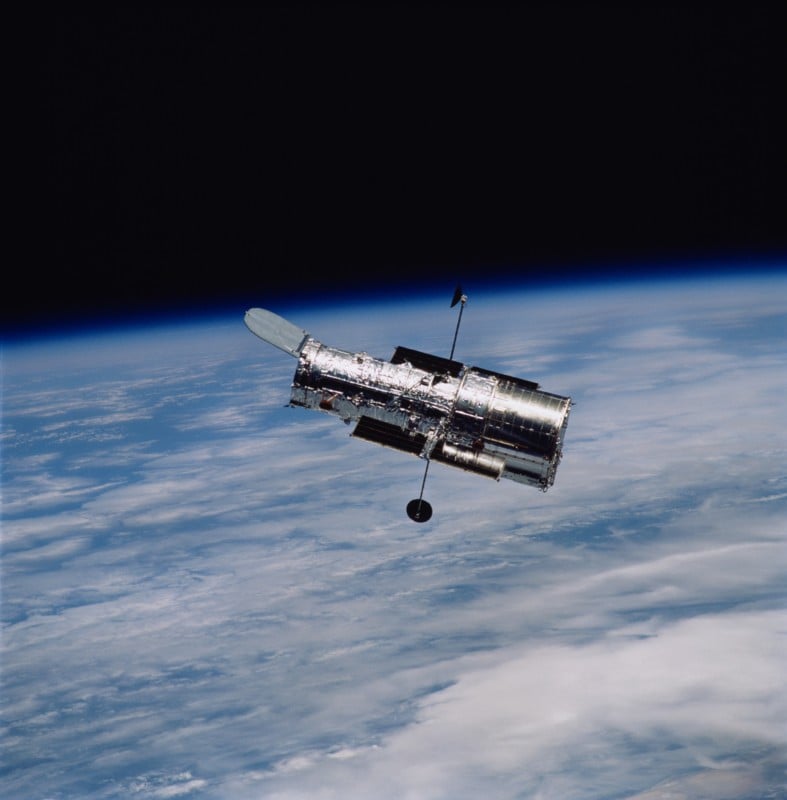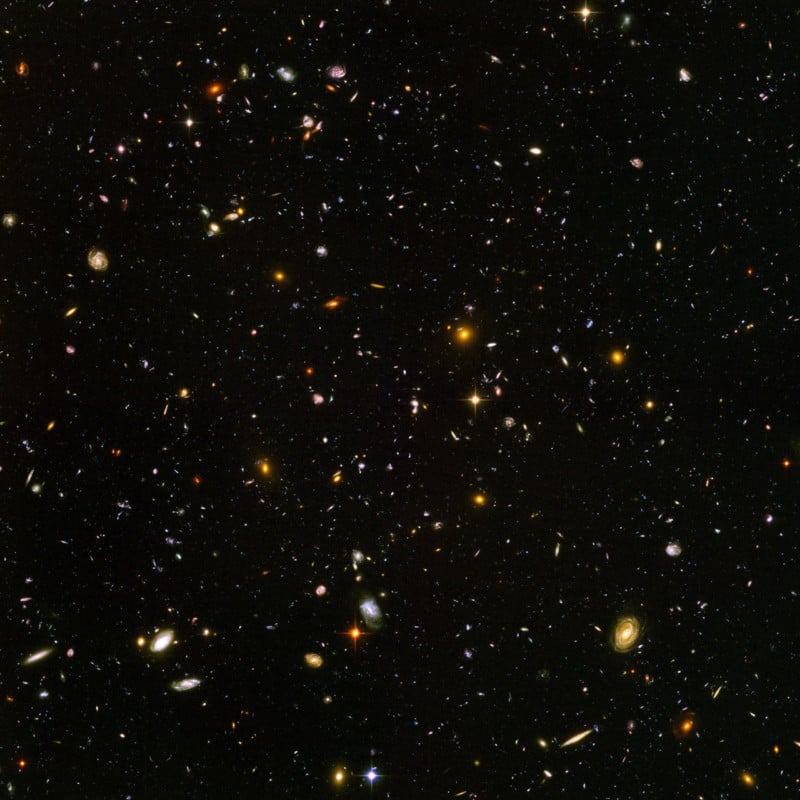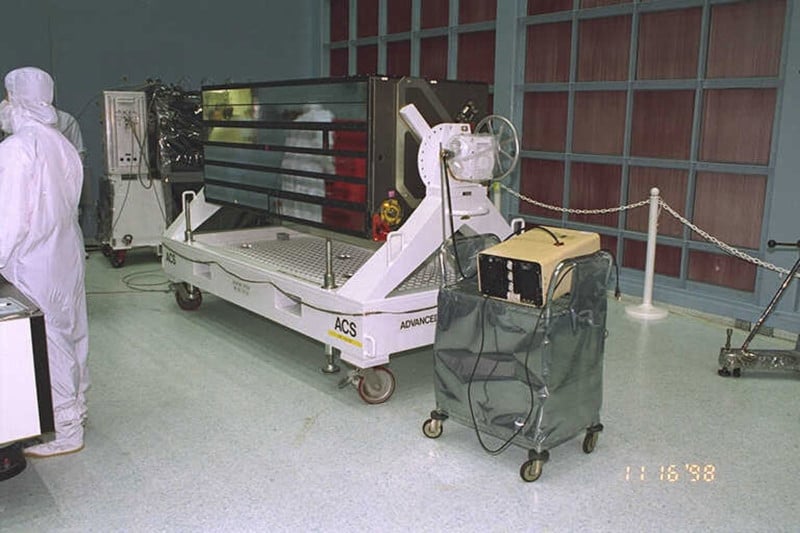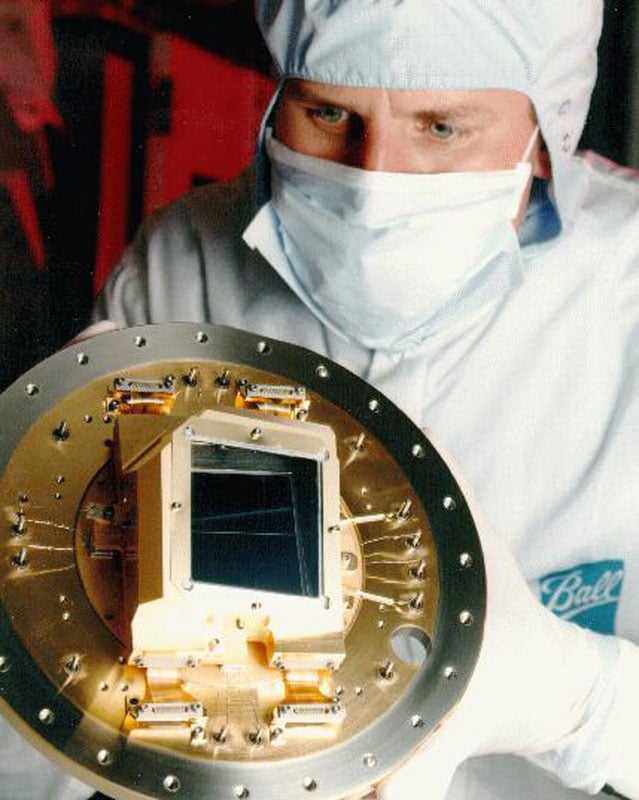Hubble’s Photo of Colliding Galaxies Looks Like a Pair of Angelic Wings
![]()
The universe is losing a galaxy. Recent images from the NASA/ESA Hubble Space Telescope show two galaxies in the process of merging. Dubbed “Angel Wing” due to its symmetrical appearance, the collision forms part of the Leo constellation.
The Angel Wing galaxies exist in the VV689 system, with the specific coordinates of MCG+03-26-016, IRAS F09588+2002, and LEDA 29031. The cataclysm responsible for the curious alignment results from a consolidation billions of years in the works.
![]()
Often, what appears as a merging of galaxies is merely a chance overlap from the telescope’s point of view. But, following thorough inspection, Angel Wing revealed an actual, violent collision.

A crowdsourced program called Galaxy Zoo also helped discern Angel Wing. Hundreds of thousands of volunteers form Galaxy Zoo, classifying galaxies as they aid astronomers with the volumes of data received from robotic telescopes. One Galaxy Zoo project, “Zoo Gems,” used Hubble to investigate strange and fantastical galaxy types. In doing so, they discovered Angel Wing.
As a crowdsourced project, Galaxy Zoo holds a vote on what to further inspect with Hubble’s Advanced Camera for Surveys. The 18,000 votes cast were enough to enable the fascinating images of Angel Wing seen today.
Hubble’s Cameras
The Hubble Space Telescope, which celebrated its 32nd year of service last Sunday, often takes advantage of its Advanced Camera for Surveys (ACS) system which replaced Hubble’s Faint Object Camera in 2002. The ACS upgraded Hubble’s capabilities tremendously and with a wavelength range that reaches from the ultraviolet, through the visible and beyond to the near-infrared, Hubble was easily able to capture Angel Wing.
The ACS name derives from its extraordinary ability to map vast areas of the universe in high detail. With it onboard, the Hubble Deep Field image became a reality — what NASA boasts as “the most distant image of our Universe.”

The Advanced Camera for Surveys consists of three sub-instruments. The Wide Field Channel offers a highly efficient, wide-field camera with optical and near-infrared functions. It serves as space binoculars in the hunt for individual and clustered galaxies located in the distant and ancient Universe. Such vision into the farthest reaches of the cosmos helps scientists determine how our Universe developed.

A second sub-instrument, the High-Resolution Channel, can take super high-resolution photos of light emanating from galaxies, black holes, gaseous nebulae, and star clusters, in the search for extraterrestrial planetary systems. However, it remains non-operational at present.

The third sub-instrument, the Solar Blind Channel, works like the darkest sunglasses. By blocking visible light, it permits viewing of faint ultraviolet radiation. This, for example, lets scientists study the weather on other planets and inspect Jupiter’s aurorae.
Image credits: “Angel Wing” photo by ESA/Hubble and NASA, W. Keel. Acknowledgment: J. Schmidt